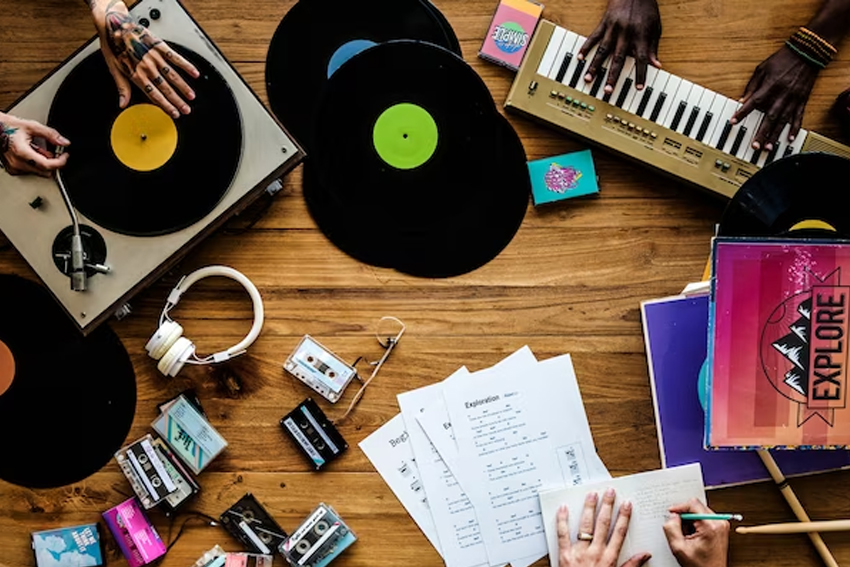
The Symphonic Journey of Art PortfolioCuration
The art portfolio, when meticulously curated, becomes more than just a collection of individual works; it transforms into a captivating visual symphony, where each piece harmoniously resonates with the next. Just as a symphony unfolds with an introduction, development, and eventual recapitulation, a well-constructed art portfolio lures us into a thematic journey, guiding us through a meticulously orchestrated narrative.
The Power of Thematic Unity
Within the realm of this portfolio lies the key to unity – a thread that weaves through the diverse works, revealing hidden connections and subtle nuances that enhance our understanding and appreciation of each piece. It is through this interconnectedness that we glean insights into the intricacies of the artist’s vision, discovering layers of meaning that might remain obscure in isolation.
The Perils of Thematic Disparity
However, this delicate equilibrium can easily be disrupted when an art portfolio lacks thematic concentration or coherence. Consider the jarring effect of juxtaposing disparate themes, as in the case of a photo set featuring both delicate butterfly closeups and eerie shots of haunted houses. Such an incongruous blend dilutes the impact of each piece and leaves the viewer with a sense of dissonance, struggling to reconcile the divergent narratives presented before them.
The Transformative Role of Music
Yet, the challenge of creating a cohesive portfolio does not end with visual curation alone. Herein lies the transformative power of music – an often overlooked, yet profound, element that can elevate the viewer’s engagement with the art set. In the realm of abstract art, where recognizable imagery may be scarce, music assumes the role of a companion storyteller, imbuing the visual works with emotional resonance and narrative depth. It beckons us to delve into our own interpretations and emotional responses, prompting us to unravel the artist’s intentions through our unique perspectives.
Elevating the Visual Experience with Musical Accompaniments
When adeptly synchronized with the visual narrative, music has the ability to transcend mere auditory stimulation, becoming a conduit for historical context, seasonal ambiance, or thematic coherence. The subtle whispers of ghosts and distant wolf cries accompany misty Transylvanian landscapes, invoking an eerie ambiance that enhances the viewer’s immersion. Similarly, the spirited chimes of sleigh-bells and festive carols infuse a Christmas art show with the joyous spirit of the season, inviting viewers to revel in the holiday cheer depicted within the works.
Striking a Delicate Balance
However, the role of music within an art portfolio is not without its pitfalls. Ill-fitting or intrusive musical accompaniments can disrupt the delicate balance, detracting from the viewer’s immersive experience. Yet, when chosen thoughtfully, music serves as a bridge between the visual and auditory senses, enriching the viewer’s engagement and leaving a lasting impression that transcends the confines of the visual realm.
The Symphony Unveiled
In the world of art curation, the interplay between visual and musical narratives creates a transformative experience, inviting viewers to explore the intricate layers of meaning and emotion embedded within the art portfolio. It is through this seamless fusion of sensory elements that the art portfolio transcends its individual pieces, resonating with viewers on a deeper, more profound level. As the visual and musical symphony unfolds, it invites us to embark on a journey of discovery, where the boundaries between art and emotion blur, and the viewer becomes an integral part of the narrative tapestry. In this way, the art portfolio transcends its physical form and becomes an immersive experience, inviting the audience to become an active participant in the symphony of art and sound.
